|
|
Table 50.183
& @& Q( l& Q! X1 sPhysical properties of 105°C (221°F), 90°C (194°F), 75°C (167°F), and 60°C (140°F) semirigid PVCa
L: B- d, f% winsulations and 75°C (167°F) and 60°C (140°F) jackets from CATV cables, from power-limited m7 V* J) d% N1 t" f" d
circuit cable, from cable for power-limited fire-alarm circuits, and from other cables
& E" P. ~; R( Y
5 X9 k) |5 F$ f- t6 V8 ]Condition of specimens at time of; ]7 B3 G. W# B+ a
measurement
6 ~- ~9 r, M5 H6 V) pMinimum ultimate elongation (1-inch or 25-mm. m7 t) |; ~6 o8 L
bench marks)b
" N! [- c$ m! w4 I+ r6 P0 iMinimum tensile
. I$ r( N9 Q: `* u1 ?! i! Wstrengthb
* p7 u, l8 b& c ?& N& wUnaged 100 percent 3000 lbf/in2 or j" x. }3 w0 J
(1 inch or 25 mm) 20.7 MPa (MN/m2) or8 ]8 ]% Q9 v$ B4 D. u
2068 N/cm2 or
& `, s1 \' G% z4 u9 U! j) l2.11 kgf/mm29 n! T# m+ O) c
Aged in a full-draft circulating-air oven for the' c: t5 r6 O3 C" K. B$ C
specified timec at the specified temperaturec
$ ^7 u+ H. `0 X5 t70 percent of the result with unaged specimensd 70 percent of the result
9 w( `; Q0 I6 Q+ w$ awith unaged specimensd
) {, g' S* v0 [. m, ~+ ba Semirigid PVC (SRPVC) designates a partially plasticized thermoplastic compound whose characteristic constituent is
! W; X j* W2 `6 ^polyvinyl chloride or a copolymer of vinyl chloride and vinyl acetate.
1 Z' H5 Y ^' f* g- M# I: [b Semirigid PVC is to be tested at a speed of 2.0 ±0.2 in/min or 50 ±5 mm/min.7 i/ k8 \. N, k+ l( g
c The oven time and temperature are to be as follows:
; \; U* c5 G5 D/ B; `Temperature rating of
# i, Y4 b" \" {6 D1 z R, U- a9 N* Ainsulation or jacket1 [1 F$ c, z; A- W; L+ \+ G
Specified oven time and temperature
) C K8 {# ?0 {( Gh °C (°F)+ c J! X- S( B5 k* e4 I
105°C (221°F) 168 136.0 ±1.0°C/ Q4 Y) E* e! r( ~
(276.8±1.8°F)
4 U7 C `: J. E90°C (194°F) 168 121.0 ±1.0°C' Y2 y& C3 T) J* n7 h+ ]( X
(249.8 ±1.8°F)2 h5 d. J7 G/ T
75°C (167°F) 168 113.0 ±1.0°C4 `7 @9 ^. q) G! a& [* N
(235.4 ±1.8°F)
' ?' x/ t- _5 d C60°C (140°F) 168 100.0 ±1.0°C
& r/ L) T, K( y q(212.0 ±1.8°F)) B: i- f9 s1 E0 y: l% }7 S; U; `
d As an alternative to testing for retention of tensile strength and elongation, it is appropriate to wind aged specimens of the% S) d' i! `' t6 O
60°C (140°F) insulation in place on the conductor onto a mandrel as described under ²Flexibility² in the applicable wire
b; E/ Q/ j+ k# c- h5 x. lStandard. Unaged specimens are to be tested for tensile strength and elongation. Where aged specimens that are tested for
; w$ v O6 e* _# O* Qretention of tensile strength and elongation show results that do not comply, it is appropriate to use the flexibility procedure. o: U% ]: Y* P6 H4 H
described under ²Flexibility² as a referee test. |
本帖子中包含更多资源
您需要 登录 才可以下载或查看,没有账号?注册安规
x
|



 窥视卡
窥视卡 雷达卡
雷达卡 发表于 2008-8-29 09:57
发表于 2008-8-29 09:57
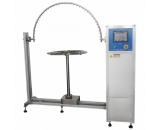

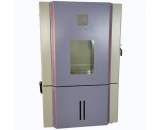

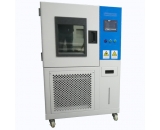

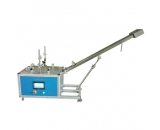

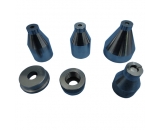






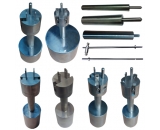
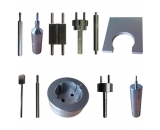
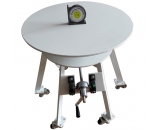
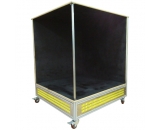

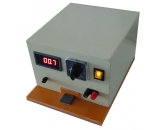
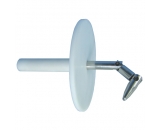
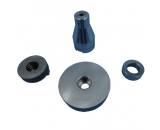
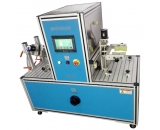
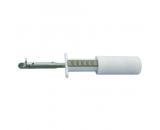
 提升卡
提升卡 置顶卡
置顶卡 沉默卡
沉默卡 喧嚣卡
喧嚣卡 变色卡
变色卡 抢沙发
抢沙发 千斤顶
千斤顶 显身卡
显身卡 楼主
楼主













